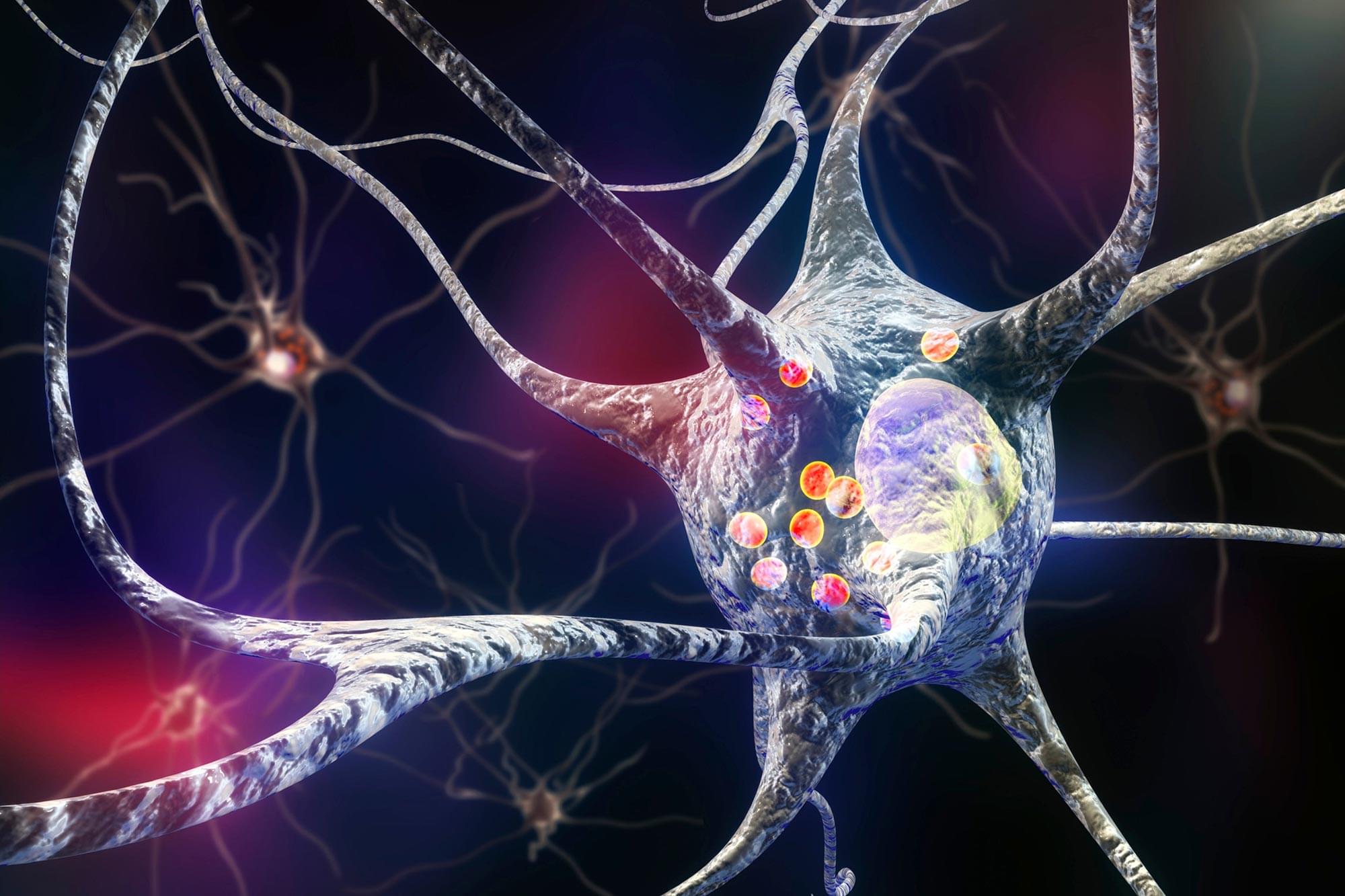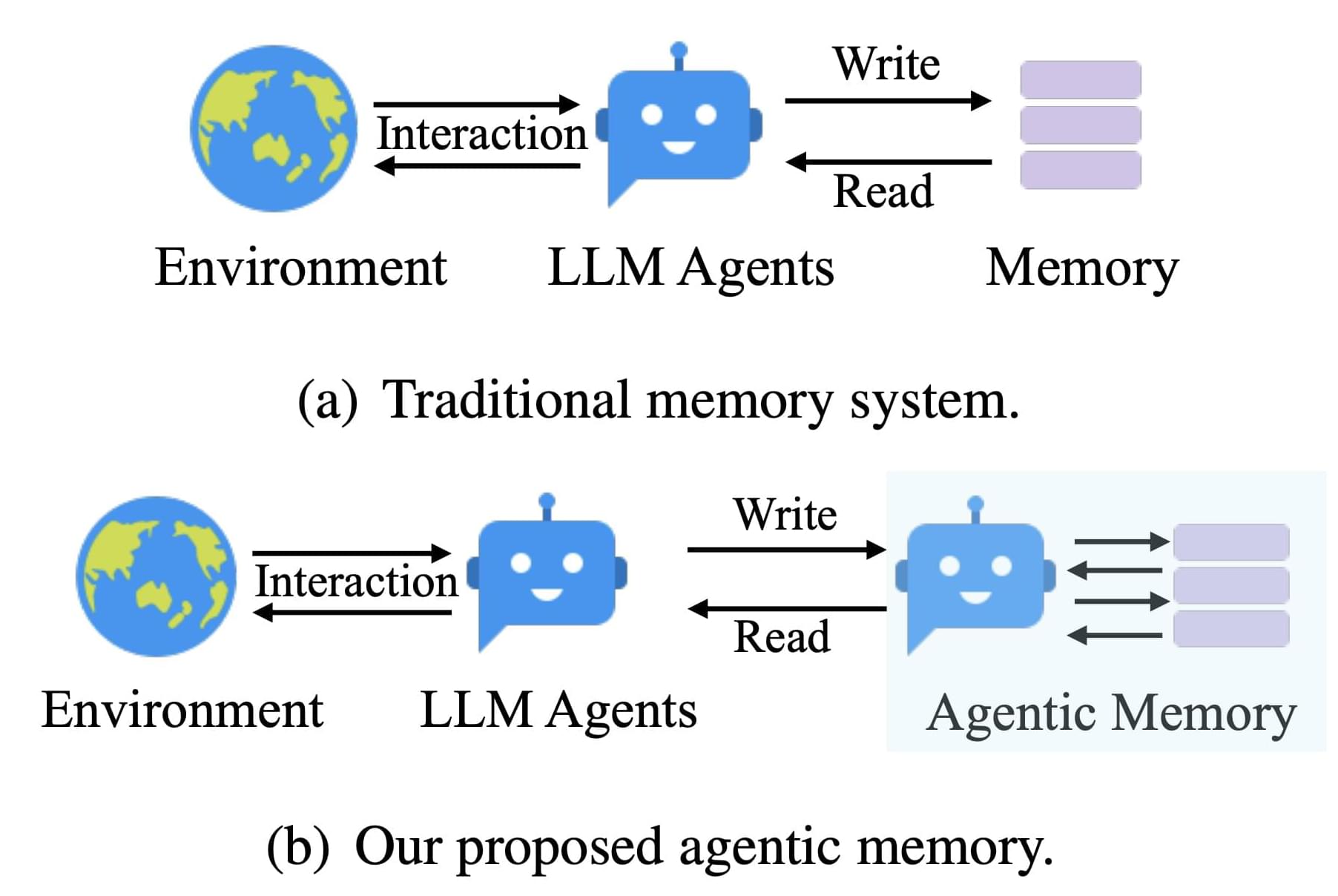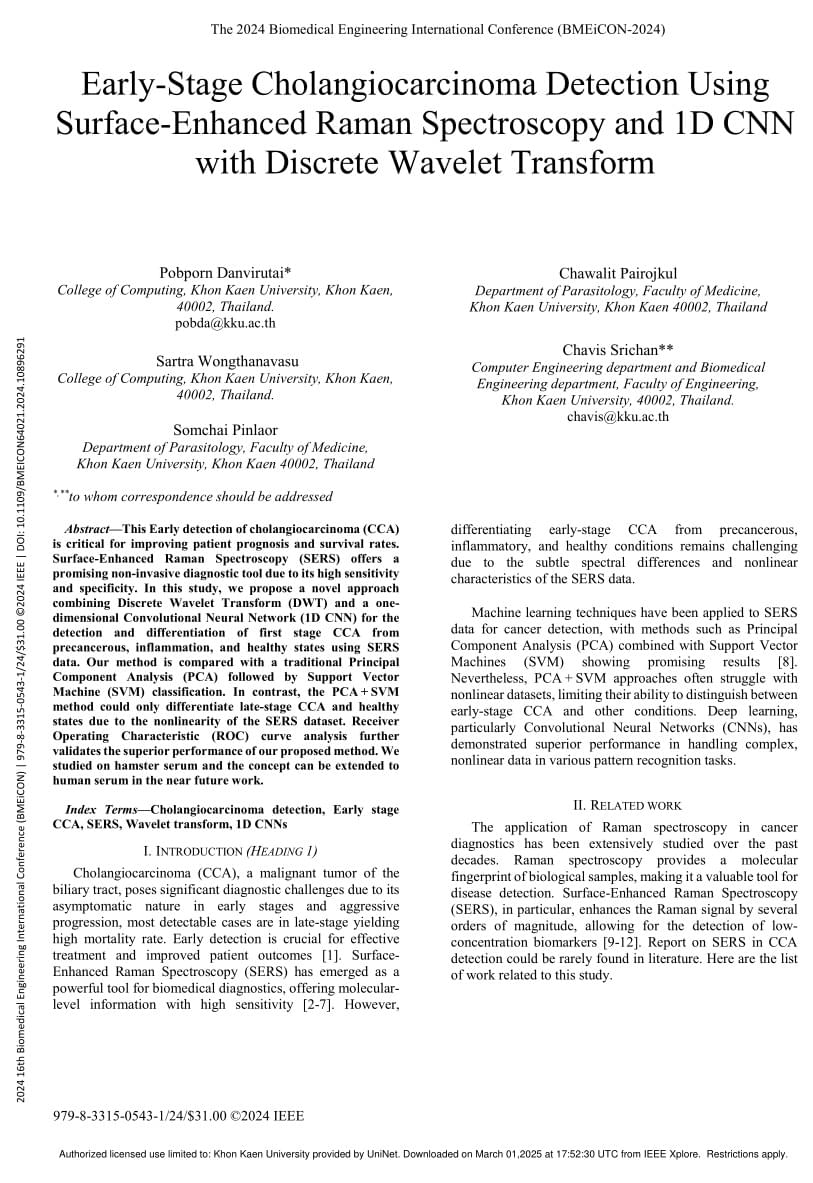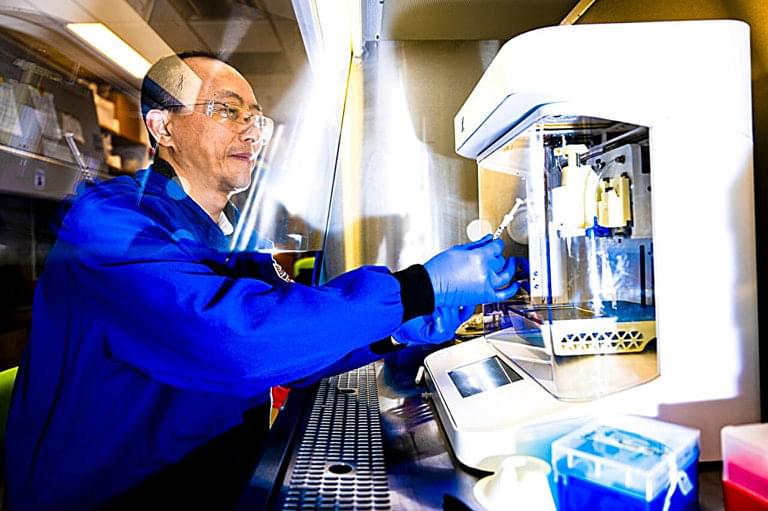“According to Hooke, microscopes, like telescopes, put us on the cusp of doing what philosophers from Antiquity onwards had always tried to do, namely, understand the fundamental nature of reality,” writes assistant professor in philosophy, Peter West.
The idea that we can discover the fundamental level of reality might be alluring, but it’s based on a faulty philosophy, not science, argues Peter West.
Tap to read more about his beliefs that reality is not revealed by quantum mechanics.
The craze with all things quantum is not just because of its inherent weirdness. It’s motivated by a reductionist impulse that has been animating science from Robert Hooke in the 17th century to Stephen Hawking in the 21st. The idea that we can discover the fundamental level of reality might be alluring, but it’s based on a faulty philosophy, not science, writes Peter West.
The idea that reality is reducible to its most fundamental parts still animates much of science, particularly physics and philosophy. The craze with all things quantum is partly animated by this thought: understand quantum mechanics, the way that matter behaves at the smallest level known to us, and you’ve understood everything. But this philosophical impulse — because contrary to belief, it’s not scientific — that the microscopic holds the key to the secrets of the universe, is much older than quantum mechanics. It goes back at least all the way to the 17th century and the invention of the microscope. Some of the best critiques of reductionism also date from the same century: Size doesn’t matter, the very small is just one realm of reality among many, with no special privilege.
Sign up to get exclusive access.





